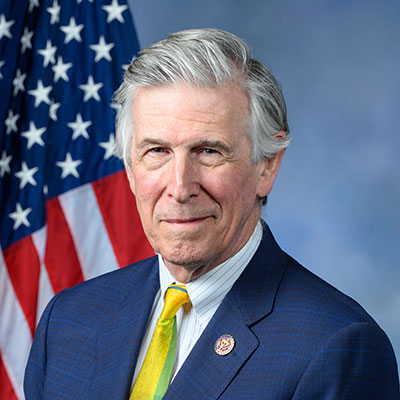Press Releases
DOL Guidance: Trump’s Unemployment Order Requires States To Create New Administrative System From Scratch
Washington,
August 13, 2020
Five days after it was issued, President Trump’s executive order on unemployment has only succeeded in creating mass confusion for states, frustrating governors, and infuriating unemployed workers. Far from providing assistance to American families “immediately,” the order is unlikely to help anyone anytime soon. Last night the Department of Labor (DOL) issued guidance telling states how to apply for funds under the order. The DOL guidance contained a crucial detail – the requirement that states create a separate program from scratch to administer payments with a totally new funding stream: “Federal grants for administration of state UC [Unemployment Compensation] law may not be used to pay for any part of the costs of administration of LWA [Lost Wages Assistance]. In addition, if any state staff or other assets (e.g., information technology, office space, utilities) are normally paid for with UC administrative funding, including from the state’s UC state administrative grant or other sources of funding for UC administration(e.g., Reed Act funding) and are used to support the LWA program, then cost sharing agreements must be in place.” State unemployment systems are heavily dependent on federal grants. The requirement that states build a new, separate administrative program (“Lost Wages Assistance”) would crunch employment offices already overwhelmed by historically high application volume. It is difficult to project how long this could take, but simply adding a flat amount using existing systems and resources took states weeks or months to set up (see timeline below) following passage of the CARES Act. The Labor Department also clarified that the initial $400 benefit advertised by the Trump Administration is actually $300. Not a single state has said it will chip in $100. With the enhanced benefit cut in half, the level of funding is woefully insufficient for the scale of desperate need. If any state does ultimately apply to receive reimbursement through the Lost Wages Assistance programs, the funds would be exhausted in a few weeks. FEMA has indicated that any benefits approved would end if the program runs depletes the $44 billion allocated or reduces (to $25 billion) the Disaster Relief Fund, which also supports communities impacted by hurricanes. The 2020 hurricane season is projected to be historically destructive. So far, nearly every state has indicated it needs more information to implement (or will not implement) Trump’s unemployment order: Evaluating/Awaiting Guidance or Not Implementing [45 as of 8/13]: Alabama | Alaska | Arizona | Arkansas | California | Colorado | Connecticut | Delaware | Florida | Georgia | Hawaii | Idaho | Indiana | Iowa | Kansas | Kentucky | Louisiana | Maine | Maryland | Massachusetts | Michigan | Minnesota | Mississippi | Missouri | Montana | Nebraska | Nevada | New Hampshire | New Jersey | New Mexico | New York | North Carolina | North Dakota | Oklahoma | Oregon | Pennsylvania | Rhode Island| South Dakota | Tennessee | Texas | Utah | Vermont | Virginia | Washington | Wisconsin | Wyoming Some states remain hesitant in part because of concerns that they may not ultimately be reimbursed after paying expanded benefits if the order is struck down in court. State officials have also been bewildered after the Trump Administration advertised a false benefit amount, and then repudiated the terms laid out in the executive order hours after it was issued after states said they could not afford cost-sharing. While the Administration has relaxed that requirement, doing so may not have been legal. If any state does submit an application, it could take weeks or months to set up the new program and change payment amounts. DOL issued guidance on CARES Act funds on April 4, and announced that all states had initiated payments nearly four weeks later, on April 29. Many states took even longer to set up another new program, Pandemic Unemployment Assistance (PUA), and that was without a prohibition on using systems and resources supported by federal unemployment compensation grants. The new guidance likely ensures that lengthy delays previously predicted will become reality, if anyone ever receives a payment at all. The unemployment order was one of four orders touted by the Trump White House after its negotiators walked away from talks on a new economic relief package; the others were (1) a widely panned student debt order, (2) a payroll tax suspension that does not help the unemployed, does create new legal and financial challenges for businesses, and violates Trump’s promise not to cut Social Security, and (3) an order on evictions does not really do anything at all. The bottom line remains: Trump’s executive orders on the economy are bad policy and do not begin to approach what is needed to shore up a slowing recovery and avert economic collapse. |

